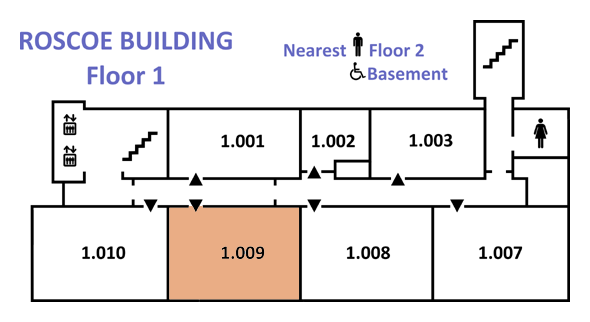
|
iCHSTM 2013 Programme • Version 5.3.6, 27 July 2013 • ONLINE (includes late changes)
Index | Paper sessions timetable | Lunch and evening timetable | Main site |

|
iCHSTM 2013 Programme • Version 5.3.6, 27 July 2013 • ONLINE (includes late changes)
Index | Paper sessions timetable | Lunch and evening timetable | Main site |
 | Canada Science and Technology Museum, Canada
| Canada Science and Technology Museum, Canada | Technisches Museum Wien, Austria
| Technisches Museum Wien, AustriaMuseums are depositories of knowledge on methods, processes, innovations, & socio-economics inherent to science & technology. It is curators’ responsibility to preserve knowledge imbedded in material culture of science & technology. This job poses interesting challenges. Perceptions, priorities, practical considerations, gender bias, and personal interests influence decisions on what is saved and what is lost. The need to preserve artifacts is balanced against access to data that they carry. In this Symposium American, Canadian & European museum professionals discuss issues associated with collecting and studying scientific & technological artifacts. Franz Klingender, Canada Agriculture Museum, in Canada Is A Mighty Big Country and I Can Hear The Warehouse Walls Groaning examines the institution’s mandate to collect the country’s history of science & technology. If it were ever realistic to expect that such a mandate could be fulfilled, in today’s climate it is no longer possible. We need to ask whether a different preservation model should be considered. Marzena Wozny, Museum of Archaeology, Krakow talks about Unique archaeological documentation, Gabriel Leńczyk’s sketches of medieval defensive structures. Leńczyk conducted extensive archaeological excavations and pioneered an inventory of hillforts in Poland. As time and human intrusion alter the landscape, the Leńczyk’s sketches become very valuable. Gosia Taborska, Jagiellonian University Museum, discusses Scientific Instruments & Laboratory Equipment as Museum Exhibits. Scientific instruments constitute a special group of museum artifacts that testify to the evolution of scientific methods & development of new technologies. Sadly, only a fraction of instruments ends up in the Museum. The Museum is educating University employees about heritage value of equipment and principles of acquisitions. Anna Adamek, Canada Science & Technology Museum, in My Wife Said This Sh*t Has to Go examines gender dynamics in donations. Majority of objects are donated by men or by wives & daughters to honour work and lives of husbands and fathers. Few donations preserve women’s contribution to science, technology & medicine. The paper looks at reasons for this trend & strategies employed to mitigate the situation. Zbigniew Stachniak, York University, Toronto discusses testing of computer artifacts. One of the main issues in the history of computing is how to conduct research that requires experimentation with hardware. The hardware may not exist any more, or be fragile; it can be displayed but not manipulated.

